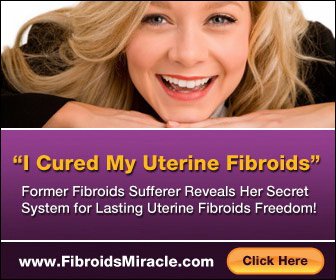Uterine fibroids are non-malignant growths that form in the uterine area in a woman mostly during their child-bearing years. Although not fatal, they can cause discomfort for a woman during pregnancy, depending on where they grow.
The neck of the womb, known as the cervix, is a critical area during pregnancy. This is why most women would like to make sure it is clear of any obstruction. Fortunately, cervical fibroids are easy to treat once they are detected.
Symptoms
Fibroids that grow in the cervix are typically harmless like other uterine growths. However, their presence in an area quite important to the safe delivery of the child can pose some problems as the pregnancy enters its advanced stages.
The presence of cervical fibroids can manifest through a number of symptoms that include the following:
- Menorrhagia – A type of menstruation period characterized by severe pain and heavy menstrual flow.
- Anemia
- Constipation
- Abdominal Pain – This occurs if the fibroids in question have grown to a considerable size and are blocking more than 40% of the cervical passage.
- Frequent Urination Urges
- Dyspareunia – A condition characterized by severe pain in the abdominal area during intercourse.
Diagnosis
If you are to experience any of the symptoms above, it is best to consult with a doctor as soon as possible. They can perform a series of diagnostic exams to identify the condition and rule out other possible problems.
- Ultrasound – By inserting a small probe around the vaginal passage, the doctor can get an ultrasound image of the fibroids and confirm their quantity.
- MRI – Like ultrasound, an MRI scan can detect fibroids as well as determine their size, quantity, and location.
- Hysteroscopy – This procedure involves the insertion of a small fiber-optic camera to the vaginal passage.
- Laparoscopy – Unlike a hysteroscopy, this procedure will involve the creation of a small opening at the abdominopelivc area to examine the womb. The doctor may also take a biopsy to identify if there are cancerous cells in the area.
Treatment
The removal of fibroids in the uterus can be done in two ways: surgery and medication. However, since the fibroids are growing in a critical area, the doctor may opt to have it removed surgically.
Myomectomy – The most direct form of surgical removal, this procedure will involve creating a major opening in the womb, and then manually removing every fibroid in the area.
Artery Embolization – With the help of X-Ray imaging, the doctor will inject a chemical into the arteries near where the fibroids are growing. This will cut off the fibroids from their food source, which causes them to wither and die after a period of time has elapsed.
Laser Ablation – Using MRI scanning and a laser fiber device, the doctor will “burn” the uterine fibroids off with the help of a small laser light.
Hysterectomy – This procedure involves the partial or complete removal of the womb. It is highly recommended if the fibroids have been recurring and are causing excessive bleeding in the cervix. Due to the permanent effect if brings, hysterectomy is only considered if all other surgical procedures are no longer viable.


